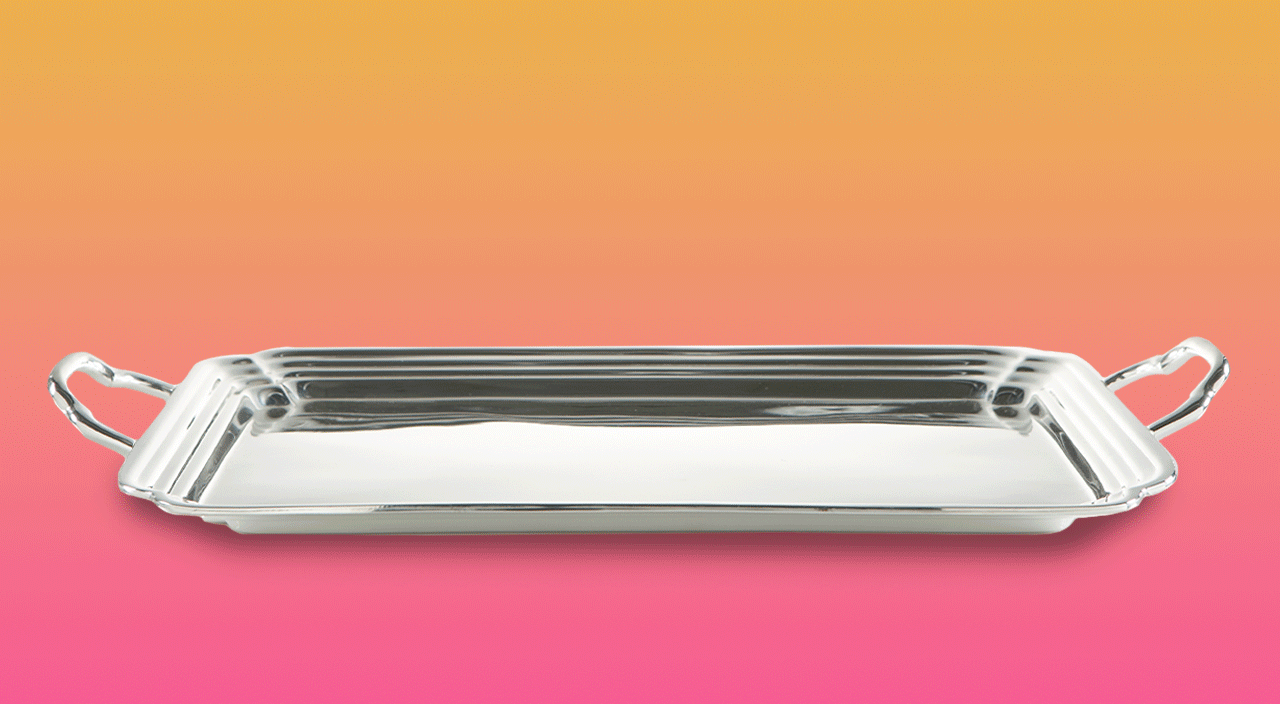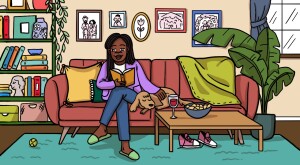I have a thing for military-inspired jackets. And I love it when I find a unique one. So, when I was in the store with my children a few weeks ago, I was immediately drawn to an army-green cropped puffer vest. Ooh, I don’t have one of those — yet.
I quickly threw it on and admired myself in the mirror. Fierce. I Checked the price tag. Perfect. All signs said go. My five-year-old daughter even encouraged the impulse purchase, “Buy it, Mommy. Buy it!” But I reminded myself I needed other things more than another military jacket.
Recognizing it as a teachable moment for my girl (and me), I said, “Yeah, I like it a lot, but I don’t need it. Anyway, we came here for your brother.” I put the jacket back on the shelf and went on my way.
That moment was years in the making.
If you thrive on order and organization (like me) but have yet to master it (also like me), you love discovering decluttering methods. And there are many.
There’s the 6-month rule, the move-out method, the ex-test, Swedish Death Cleaning and, of course, letting a spark of joy guide what you keep, donate and throw away.
Maybe, like me, you’ve tried one or two of these methods — or three or four. But if you find yourself decluttering over and over (and over) again, it might be time to address the issue at its source.
Clutter can signify depression, anxiety or other mental health conditions. If you suspect this is true for you, talking to a therapist can address the root cause of your clutter. But clutter is also often a result of overconsumption and the failure to make conscious spending decisions. After noticing I was always re-decluttering, I developed a simple solution to prevent the clutter.
I started asking myself three questions before making a purchase or accepting giveaways from others. This strategy has helped me become a more intentional spender, curb impulse purchases, keep clutter out of my home and save money. It also models conscious spending for my children.
The three questions I ask myself are: Do I need it? Do I want it? Do I like it?
Simple but effective. Here’s why.
Do I need it?
This question automatically sets a boundary for your spending. Before you buy something, determine if you need it. Not if you could use it or if it would be nice to have — if you need it.
If the answer is yes, move on to the next question. If the answer is no, move on to the next question anyway. At least you’ll know that what you’re about to bring into your home isn’t a need. This question is about being honest with yourself.
Do I want it?
Once you’ve determined you need something (or don’t), the next question is, Do I want it? On the surface, this seems unnecessary. We want what we want, right?
But go beyond the actual item. You may want the gadget, furniture, clothing, etc., but do you also want the maintenance associated with it? How about additional expenses that come with it, like batteries, accessories or dry-cleaning? Do you have the space for it? How often will you use it? Go deeper to think about everything involved with owning the item.
This question is helpful when someone is offering me something. In the past, I would often say yes without thinking it through (hello Jack LaLanne Juicer). This question allows me to pause and think before graciously saying, “No, thank you.”
Do I like it?
After determining if you need and want something, finish up with, Do I like it?
Imagine you’re going on a trip and need a cocktail party dress to round out your packing list. You head to the store and start trying things on. You find one. It’s okay, but it’s not your first choice. You buy the dress — because you need it. You take it on your trip, wear it once, and then it sits in your closet until…“decluttering day” six months later.
You needed the dress. You wanted it. But you didn’t like it. In this case, it would have been better to substitute it with another outfit or borrow a dress from a friend. This is my favorite of the three questions because it taps into the idea of curating our belongings to things we love and enjoy.
Why this strategy works
Pausing to ask and answer these questions helps you make intentional decisions. Ideally, we should need, want and like everything we bring into our homes. But sometimes it’s okay to decide, I don’t need this, but I want it and like it. And naturally, there will be some things we have to buy out of pure necessity. (But I argue we can still like the functional items we own.)
In addition to preventing clutter and saving money, this strategy helps you feel more in control. And it sets a model for the impressionable people in your life.
When I told my daughter I liked the jacket but didn’t need it, I felt powerful. And I could almost see the wheels turning in her little head. A few days later, when she was in a store with Dad, she wisely told him, “Just because I want something doesn’t mean I have to get it.”














